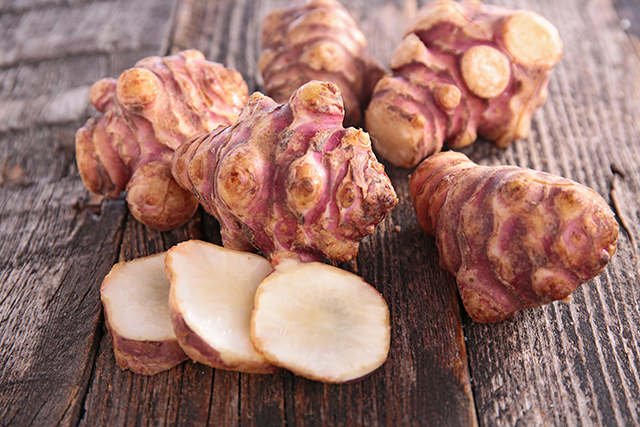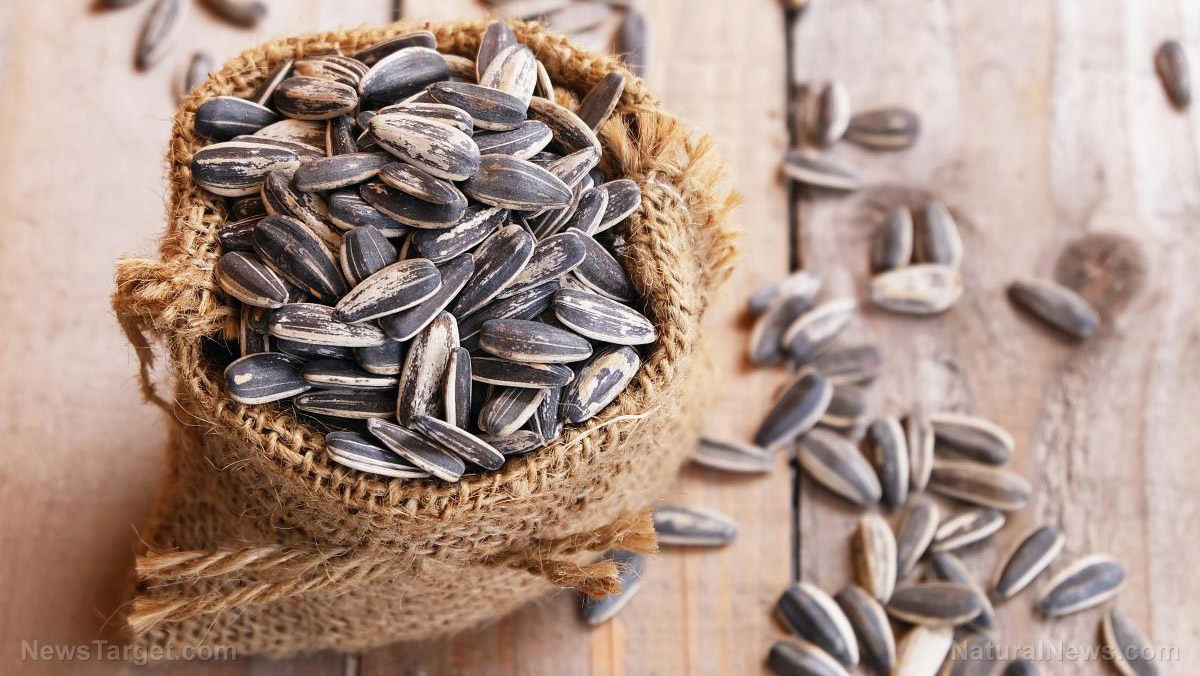Say hello to my little friend: Trees have developed a symbiotic relationship with fungi to survive drought stress
08/22/2018 / By Rhonda Johansson

New analysis of the symbiotic relationship between trees and fungi decodes how the pair withstands drought. These conclusions give scientists a better understanding of how the mutual association can be used to develop more plant feedstocks for bioenergy in case of drought. By investigating how specific adaptations of common fungi are created in relation to weather, governments and local health groups can design fail-safe proofs to manage crops in extreme environments.
This was the goal of the study conducted by an international consortium led by Institut national de la recherche agronomique (INRA) and the Swiss Federal Institute for Forest, Snow and Landscape Research (WSL) who sequenced the genome of the root symbiont Cenococcum geophilum (a common fungus found in forest ecosystems) and how it changed its expressions when stressed by drought conditions. The scientists specifically chose this symbiotic fungus because it is both abundant and resistant; the fungi can still grow in extreme conditions. In particular, the fungi has roots that appear to be highly resistant to dessication, even as other mycorrhizal species decline.
Genome sequencing of the fungi revealed interesting findings. The team saw that two of the three most highly-induced Cenococcum genes have codes for water channels (aquaporins). This meant that the fungi specifically manifested bigger and larger water channels in response to environmental changes. This is similar to the same genetic expression found in humans where transcription (DNA to RNA) is continued to translation (RNA to protein) based on external factors. Thus, the fungus genome adapted for drought by encoding sets of genes to better communicate with its host plant. This included the expression of small secreted effectors used in symbiosis.
This is more important than most people realize.
Centuries’ worth of adaptations have denied Cenococcum of a majority of its genes linked to independent survival. The fungi, for example, does not have the genes to break down plant cell walls, which is needed for any free-living saprotrophic fungi. Cenococcum needs a plant host to survive. Similarly, trees have developed genomic adaptations that require some sort of mycorrhizal lifestyle.
Through this research, scientists can link the composition of soil mycorrhizal communities with forest productivity in relation to weather. Extensive studies can further identify and isolate drought-adapted Cenococcum which can be used to aid host trees threatened by forecasted drought periods.
Understanding the mycorrhizal symbiosis
Basic biology teaches us that nature is adaptive. Everything around us struggles to survive and often finds the most efficient way of doing so. The same holds true for trees that often have to compete with each other for vital nutrients. In a game where the strongest wins, it is necessary to have the best strategy.
To do this easily, trees formed a symbiotic relationship with various fungi. The fungi absorb minerals from their roots more efficiently than trees, which they pass on to their host plant. The tree, in turn, exchanges this for simple sugars.
The relationship is not only for survival. Trees that establish a symbiotic relationship with fungi are healthier, grow faster and are less prone to diseases. The fungi likewise improve the quality of the soil which becomes more capable of storing water and holding nutrients.
Unfortunately, the indiscriminate use of pesticides and herbicides has led to a significantly impaired symbiosis between trees and fungi. These chemicals disrupt how the two interact, either by reducing the number of fungi present in soil or by lessening the quality and quantity of nutrients found in the environment.
Sources include:
Tagged Under: biodiverisity, biology, Cenococcum geophilum, Drought, Ecology, environment, extreme conditions, extreme weather, Fungi, mycorrhizal symbiosis, plant-fungus relationship, Plants, symbiosis, symbiotic relationship




















